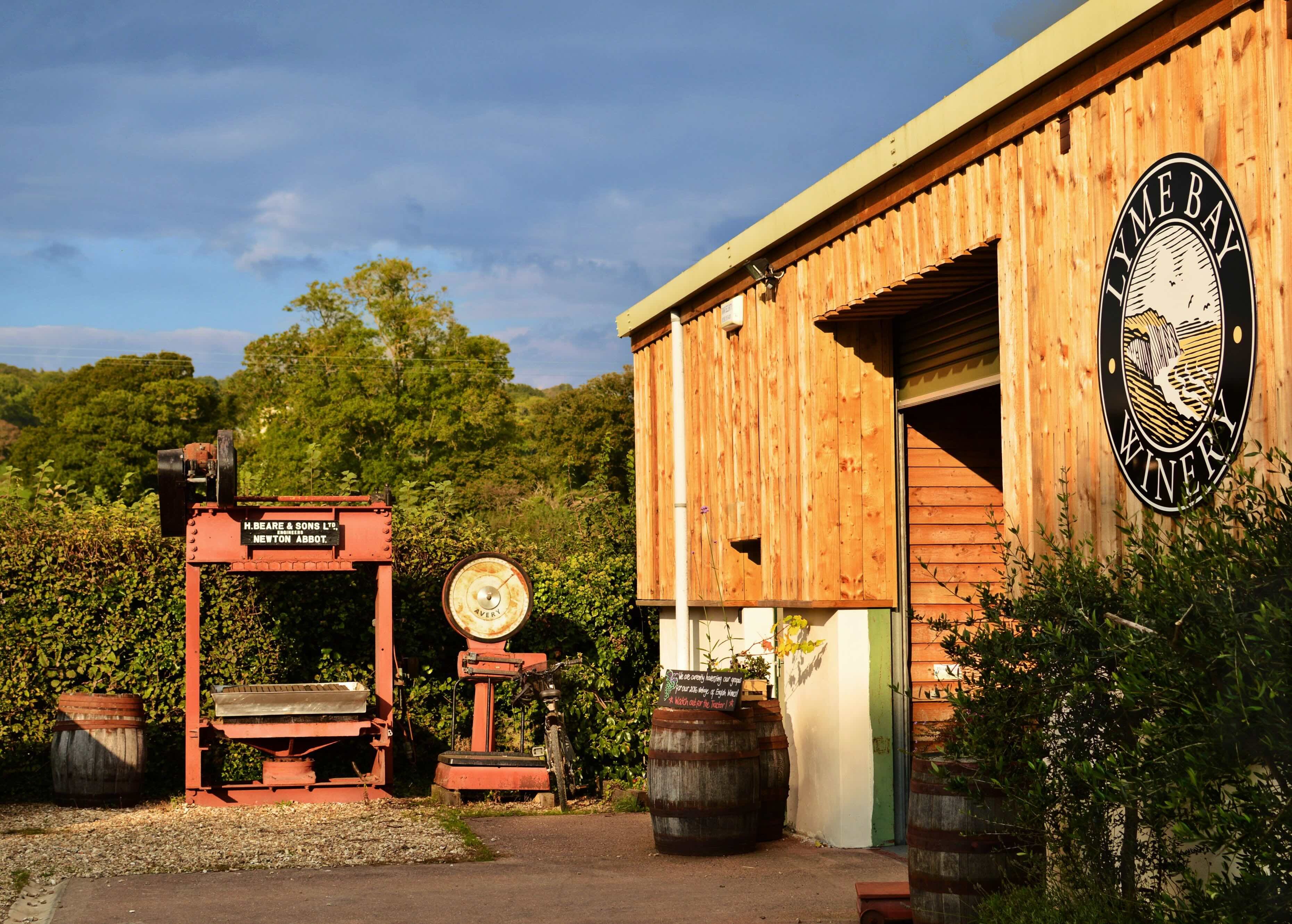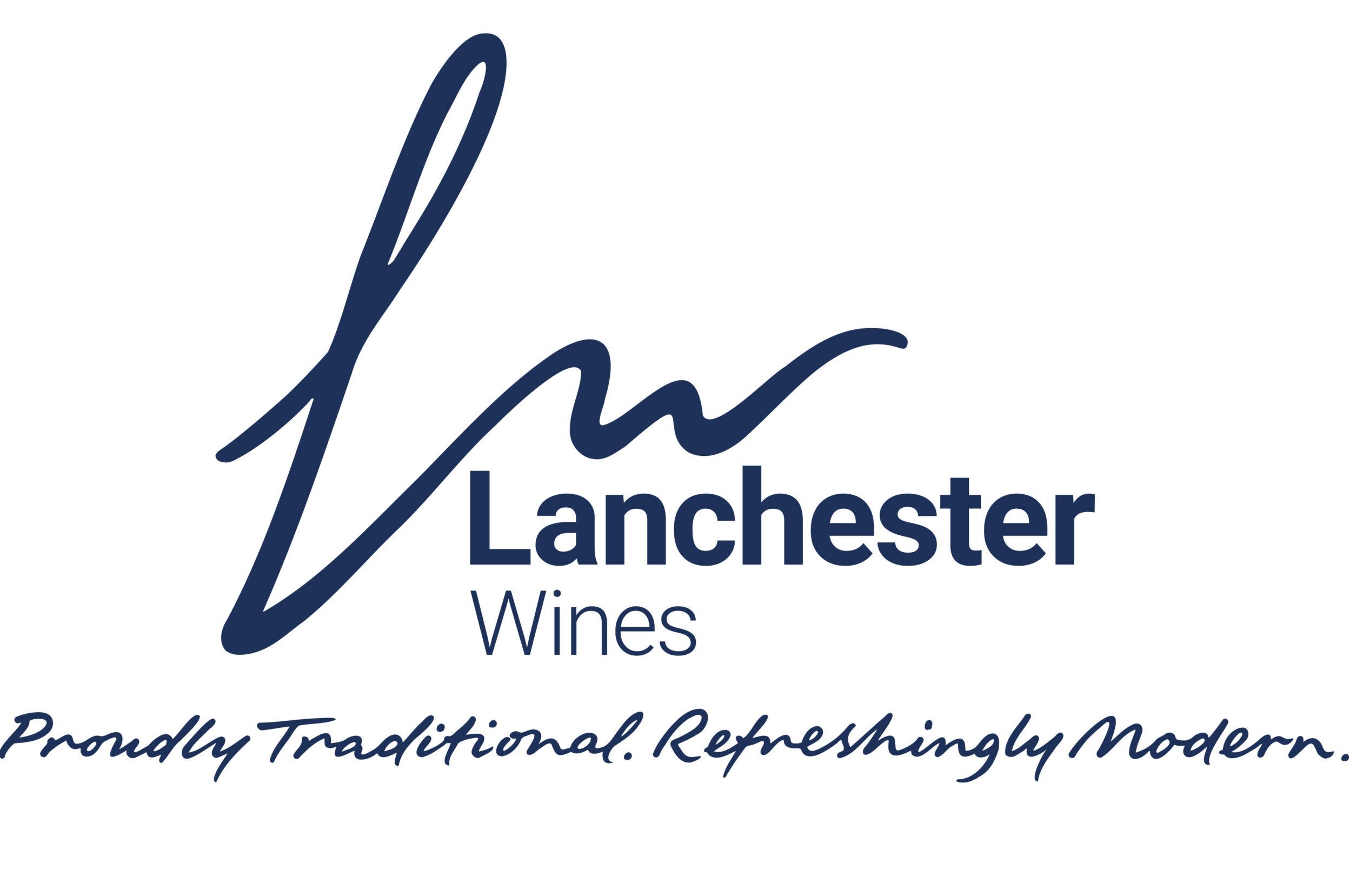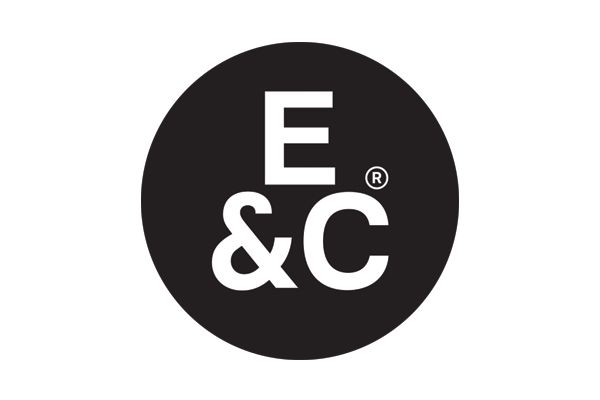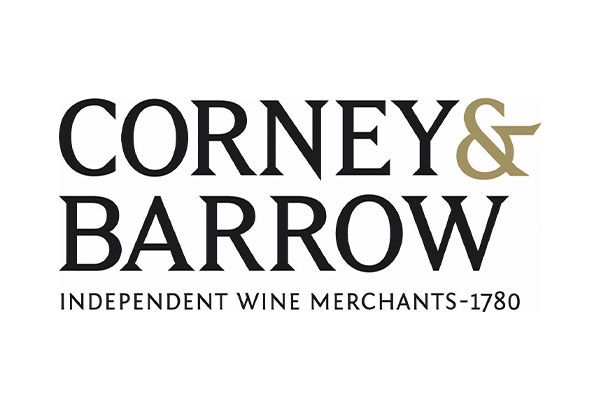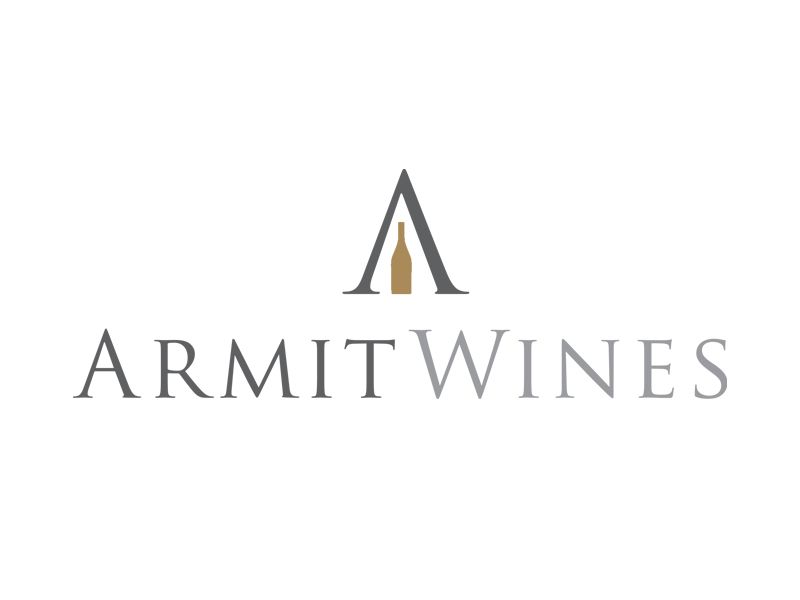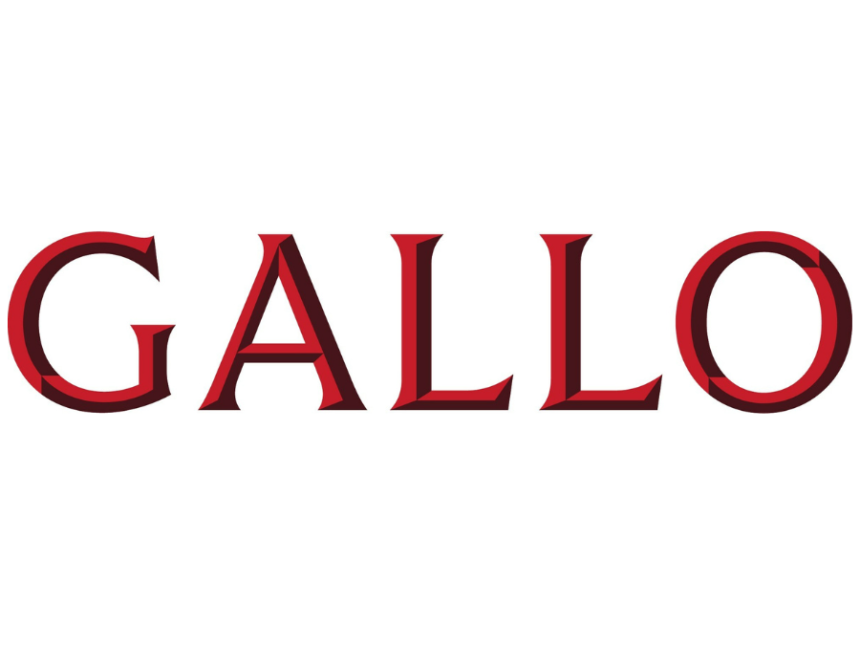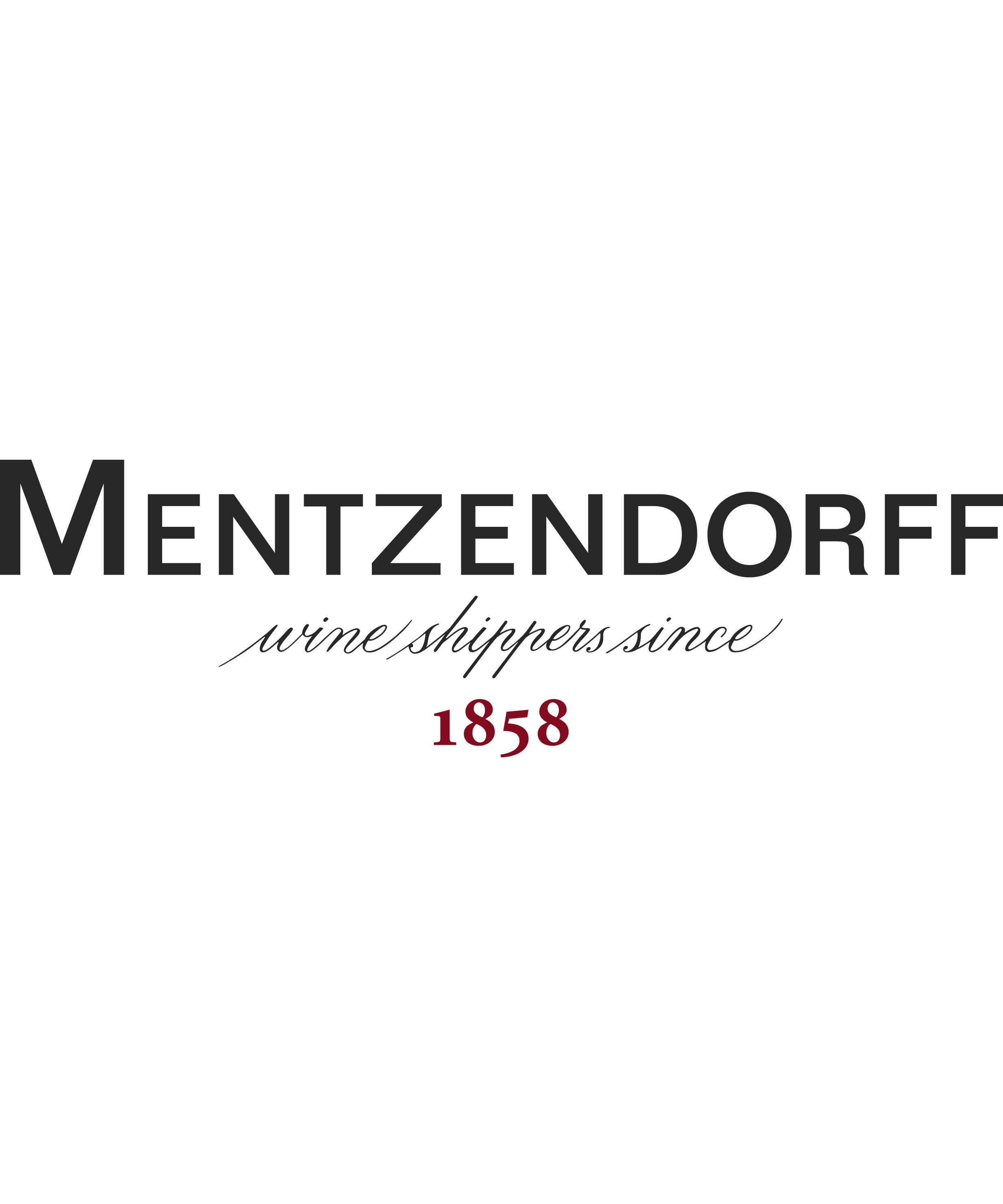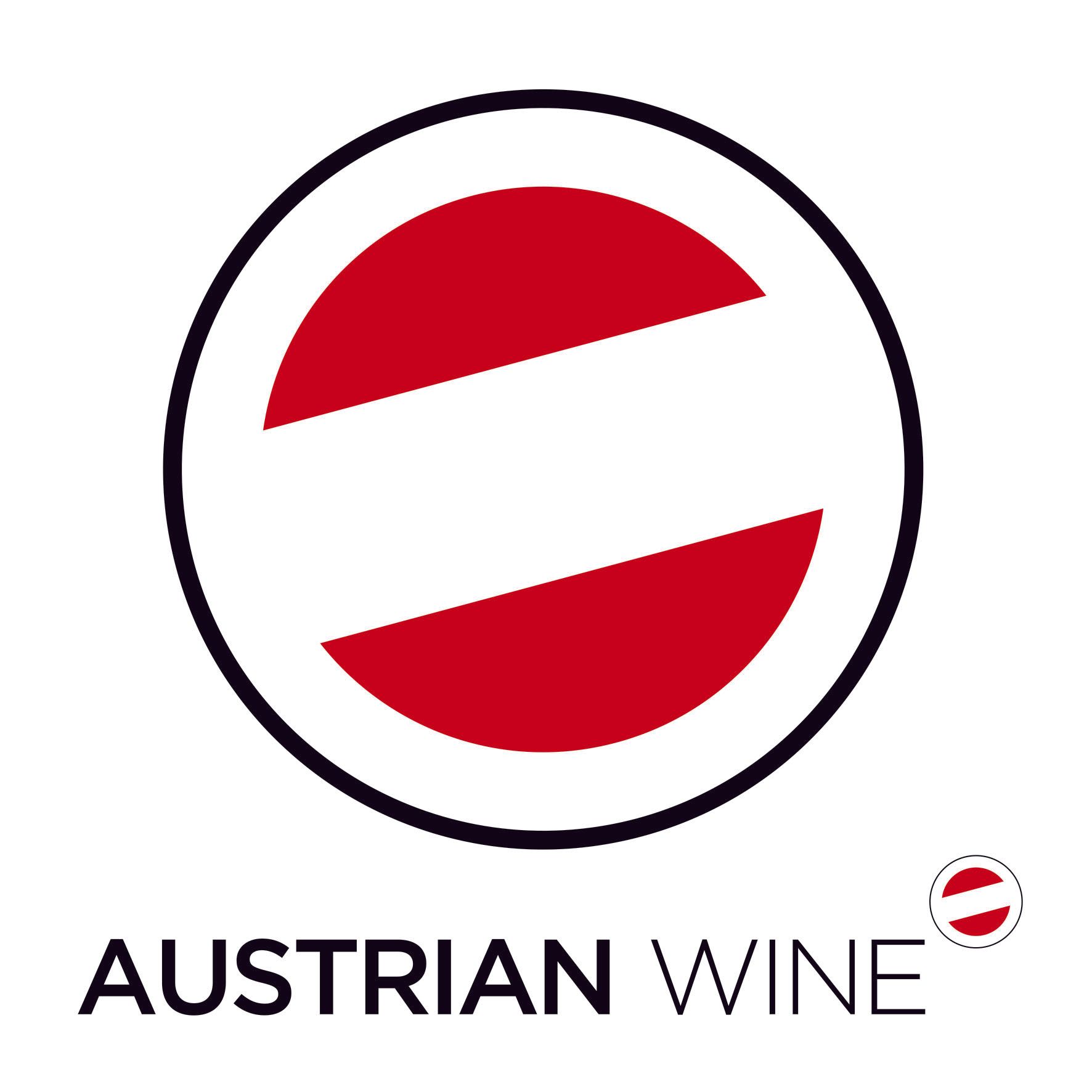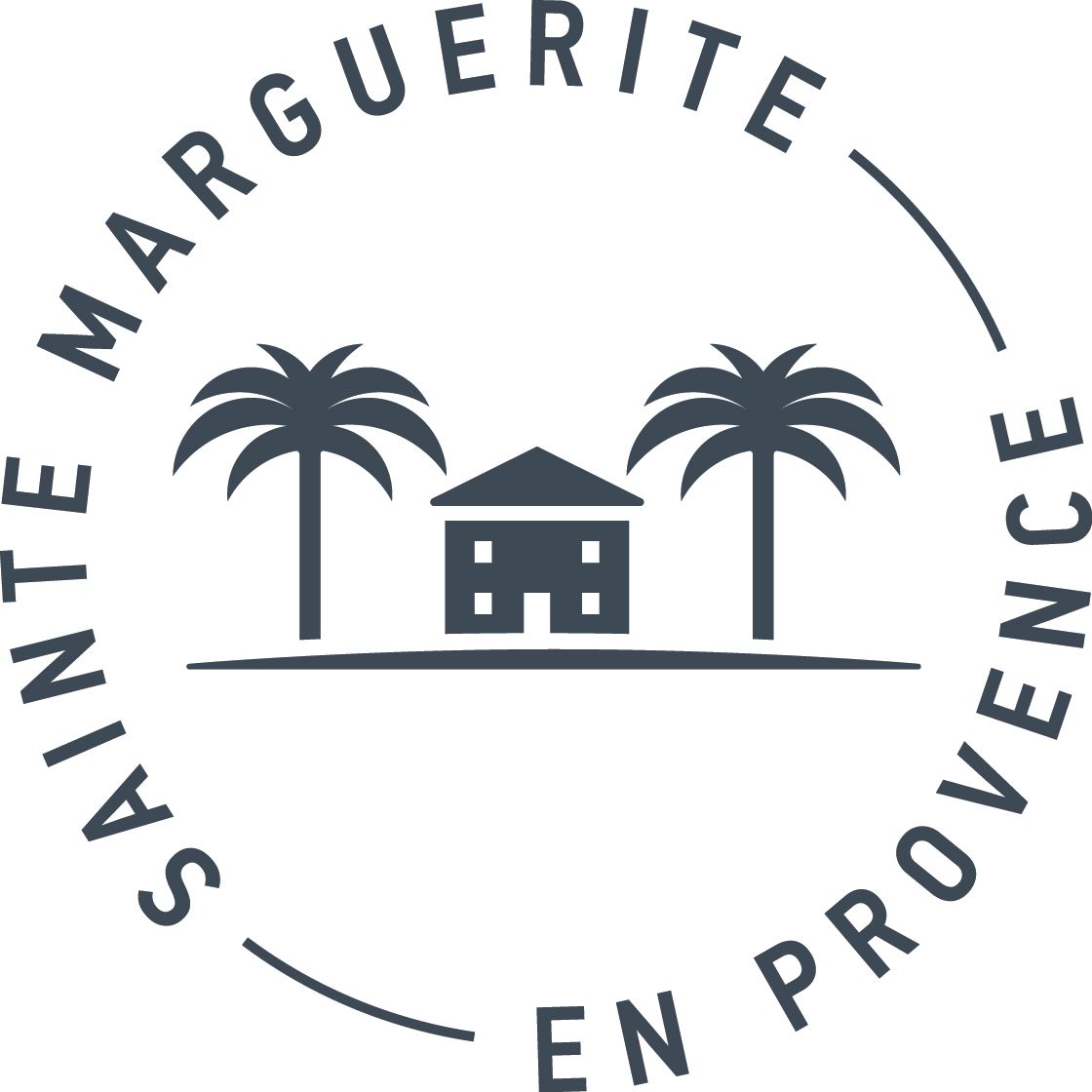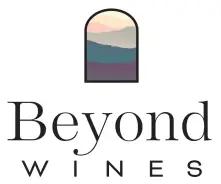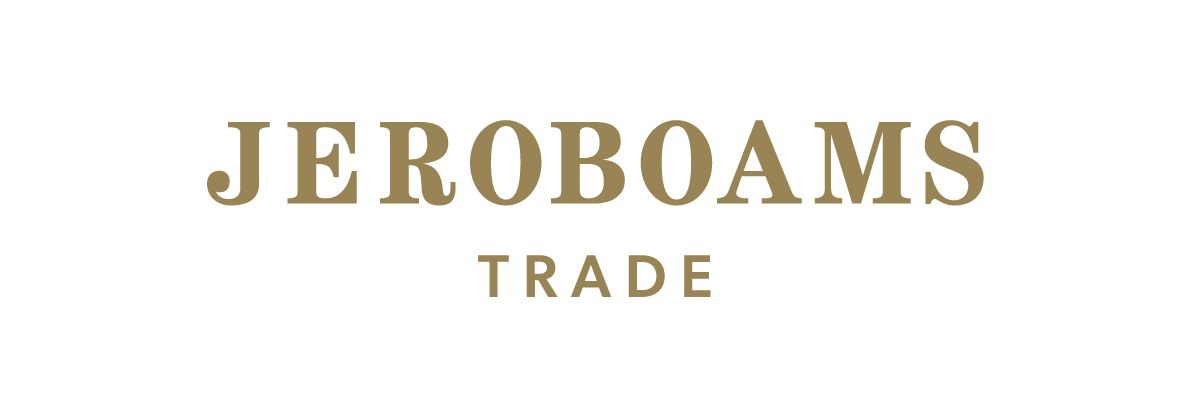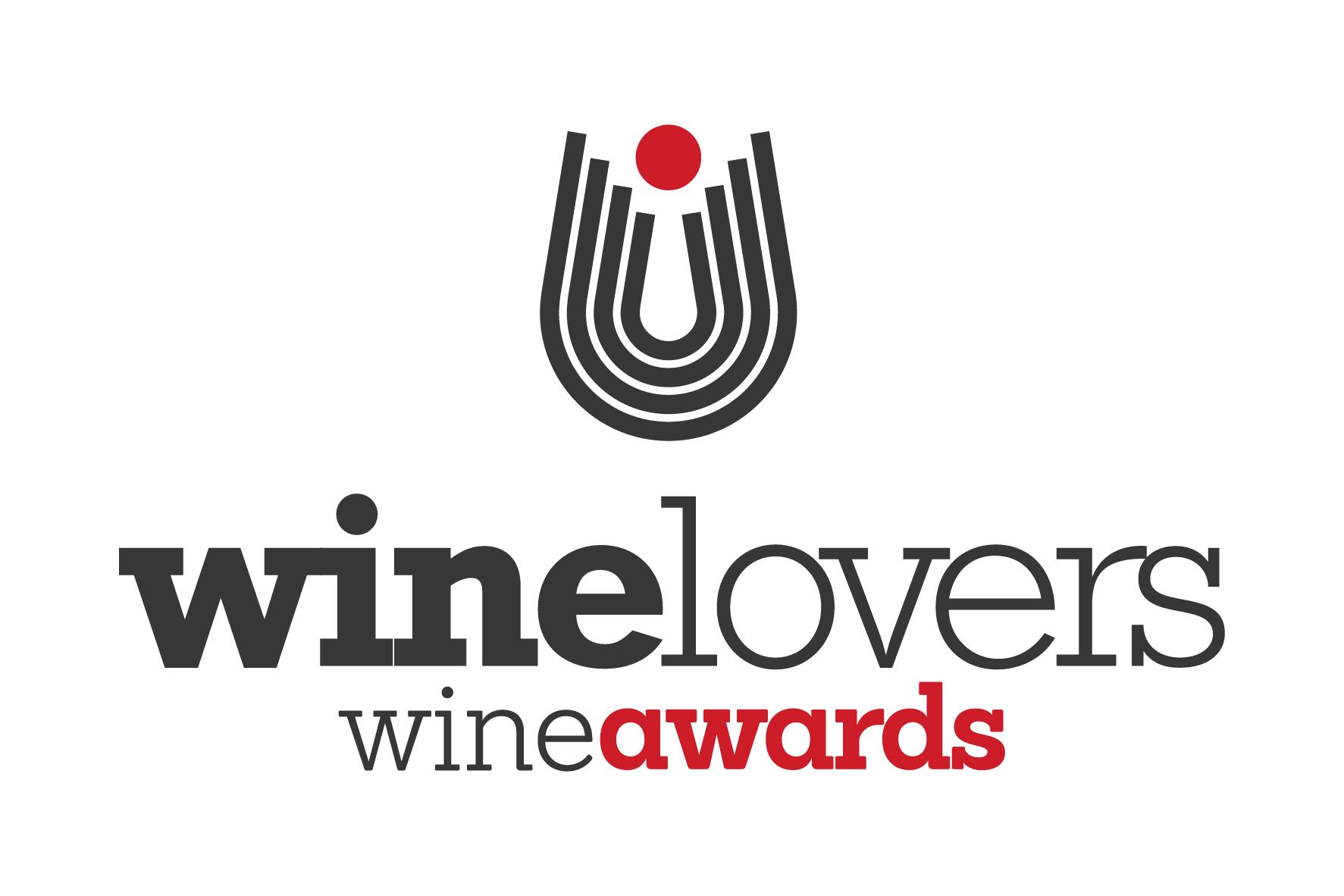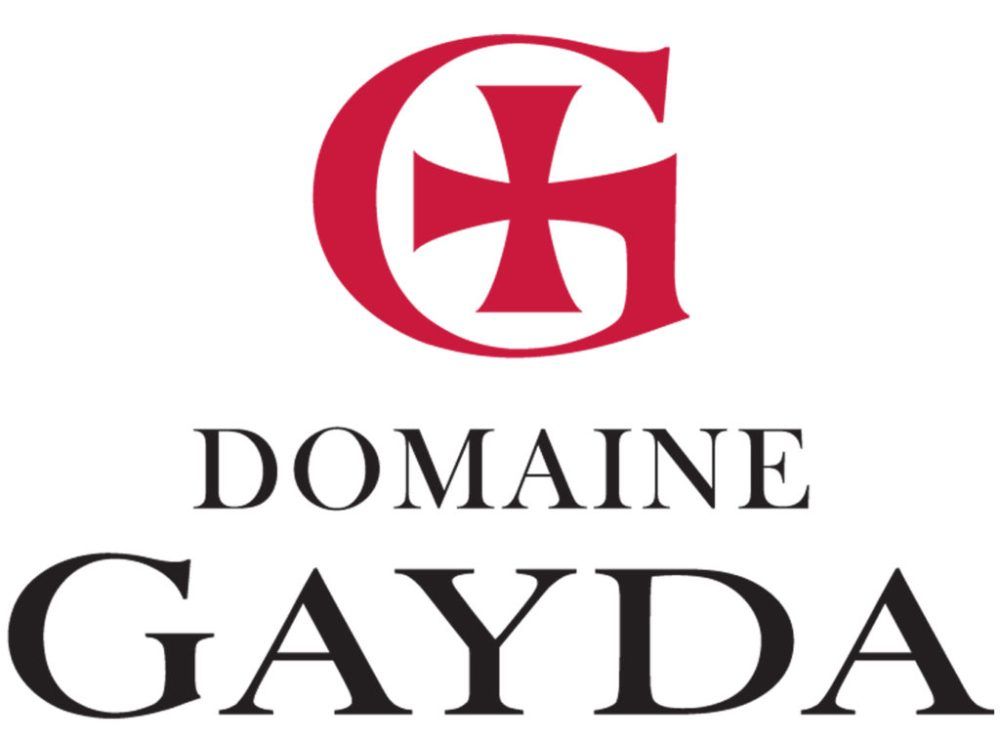If you want to get on top of your Italian wine list then why not check out Daniele Cernilli’s The Essential Guide to Italian Wine 2019…here he explains what you can expect.
Tell us a bit about yourself – who you are and how long have you been a wine expert?
I’m 64, I have a doctorate in Philosophy and I started to be a wine lover 40 years ago in Rome. I’m probably a so called “wine expert” since the beginning of the Eighties, tasting a lot of different wines, Italian mostly, but also French, German, American. In those years I tasted about 150,000 different wines.
In 1986 I co-founded the Gambero Rosso and in 1987 I invented the score system from zero to three glasses for the wines. I directed the Gambero Rosso Italian Wine Guide for 24 years and co-directed the Gambero Rosso monthly magazine for the same period. In 2011 I left that group and founded DoctorWine that is a web wine magazine and publishes the Essential Guide to Italian Wine, in Italian, English and German.
You have been writing about Italian wine for many decades – are you happy with the state of the Italian wine industry these days?
I’m a wine critic, so I taste and judge wines. I can say very little about the economy and the wine strategies of the different estates. I can only observe that Italy is number one or number two as quantity of export, not in value. The French export less than us, with a much higher value per litre of wine sold. This could be a problem in terms of image and positioning.

Daniele Cernilli
What is Italian wine doing better now compared to the 1980s/1990s?
The knowledge of Italian wines all over the world is much better. Thirty years ago they were only “cheap and cheerful”, now Sassicaia, Masseto, some Barolos, some Brunellos, are considered as iconic wines.
The Italian wines were mostly in the wine list of Italian restaurants, but now you can find most of them in starred international restaurants – either in the wine list or by the glass. This is a big difference.
Where does Italian wine need to improve as an industry?
Marketing and communication, in order to improve knowledge and positioning, especially in the new markets, the Far East and Russia.
Where is Italian wine headed?
It’s very difficult to say. There is not just “Italian Wine”, it’s too generic a definition. There are many Italian wines, many regions, many estates. It’s impossible to call this complex world simply as “Italian wine”.
Why should we all be drinking Italian wine in 2019?
As in France, I think it could be interesting to discover new wine regions.
For example: the northern part of Piedmont – Gattinara, Ghemme, or Lessona, where there is very nice red wine made of Nebbiolo. Then there is the Colli Tortonesi Timorasso, a big white produced in the south-eastern part of Piedmont. Veneto, some fantastic white wines from Alto Adige, some of the best Grenache that you get in Sardinia, such as Cannonau from Mamoiada. Some great red from Apulia, the Gioia del Colle Primitivo, made of Primitivo that is the same varietal of the Californian Zinfandel.
These are just a few examples. This is to say that the variety of Italian wine is so great that it is worth to discover it!

Doctor Wine…doing what he does best – talking about Italian wine
Which Italian regions are the most exciting to explore right now?
Piedmont and Alto Adige in the north, Le Marche in the Central Italy, Apulia and Campania in the south, Sardinia in the islands.
What is the most ‘in’ Italian varietal right now?
As we have over 500 different varietals, it’s impossible to give you a good answer.
Do you despair that most people when they think of Italian wine only think about Prosecco and Pinot Grigio?
I don’t because at least it is a start in approaching Italian wine. I only hope these two wines, Pinot Grigio not even being Italian as its origin is in Burgundy, will excite them enough to try something new. Italian, of course!
Do you think that Italian wine is too complicated to understand – given the amount of different grapes and regions you have?
We have the similar complexity of France. The difference is the image and the positioning. We are a long peninsula with thousands of different varietals, soils and weathers, put it in a single word: terroirs. Everybody that knows wine and winegrowing can understands easily. Is it complex? Yes it is but it is a wonderful world to discover. Am I being partial? Yes.
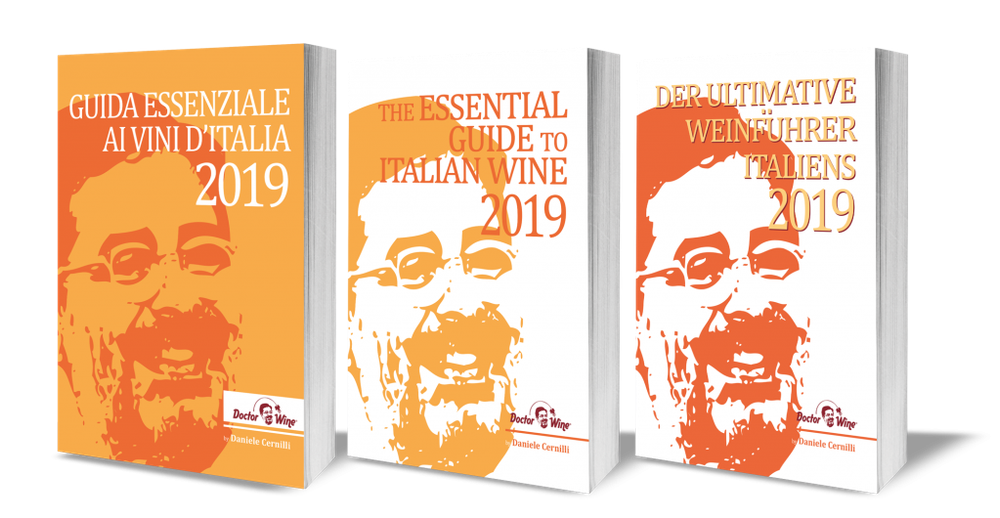
Tell us about the Essential Guide to Italian Wine? And what it sets out to achieve?
The goal is to guide the consumer through the wide number of estates and varietals there are. The wine guide world has changed: as much as before you need to put all the different wines ‘on the map’, bit nowadays you need to guide the reader to discover new things: new wines, new wine-producing areas and new terroirs.
In the Guide, once you are in, you don’t necessarily stay in. You must deserve to be on the Guide for the quality of your wines. Because of this we have a yearly turn over of about 25%.
The awards we give are different as well… besides which is the best wine of the year and best white/red/rosé of the year; we like to award who, in their lifetime has contributed most to the wine industry; other awards we give in the guide are:
3 stars = given to the winery
seal = given to the wines that have a score above 95 points
“thumbs up” = excellent ratio quality vs price
grape varietals = wine & grape connected.
And last but not least: I feel like the captain of a great team, as I am not alone in writing this Guide. We are about 15 contributing from various regions of Italy.
Is it aimed at the wine trade, consumers or both?
Both.
Who will get the most out of it do you think?
Both for knowledge; the trade in discovering more wine producers (maybe small with excellent quality) and understanding where the trend is going; for the consumer in checking out more regions besides the better known ones such as Piedmont, Tuscany and Veneto. Also in discovering the “wine tourism” as on our Guide there is the infomation for tastings and buying, sleeping arrangements and special events.
You make great store out of using plain language to talk about wine – why is this an issue?
I’m a journalist first and foremost. I think that when I talk about wine everybody can understand me. To be understood is fundamental for me. And it’s possible. As, for example, it’s possible to understand what Morgan Freeman tells us in the Sky programme The Science Show. If it’s possible to understand him when he talks about scientific concepts in a comprehensible language, I think that the same must be done with wine topics.
What can the wine industry do to encourage people to try new and more exciting wines?
Communication via the web and through a personal approach, like classes on wine and on food and wine pairing.
Will Millennials make the jump to wine do you think?
I think it all depends on the money they earn. When I was 20 years old I was still a student and I could afford only beers. Only when you begin to work you begin to be interested in different consumptions. So the problem is not what the Millennials drink, but rather whether they have a regular job or not.
Lastly – you are stranded on a desert island and can only take two bottles of Italian wine – one red and one white. What are they?
Only two? I prefer to die….
- You can download the e-book of The Essential Guide to Italian Wine 2019 and use the following code: Coupon London 2019.




